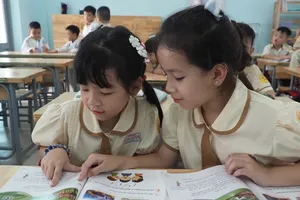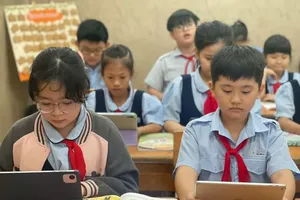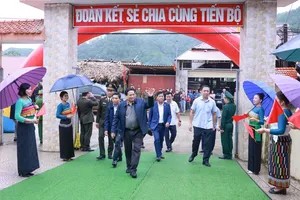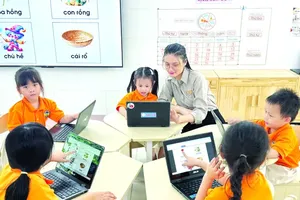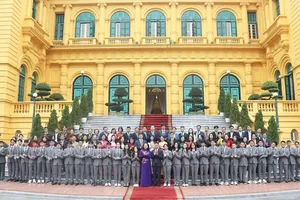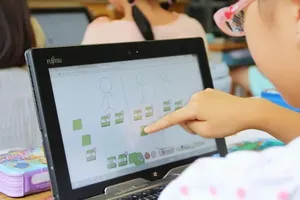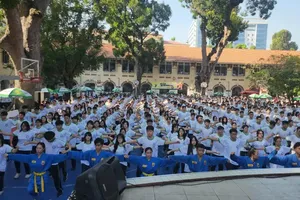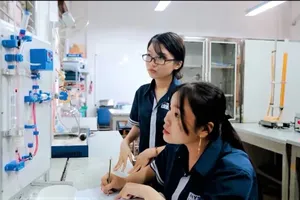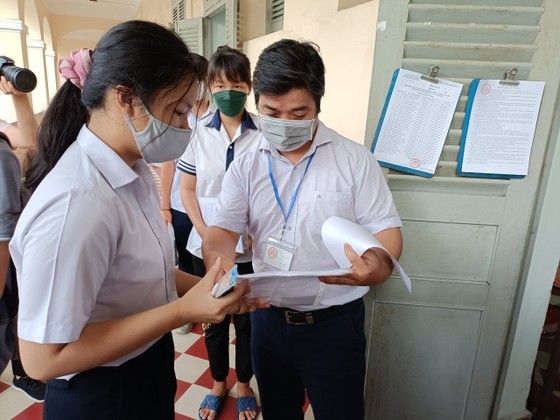 |
illustrative photo |
The city Department of Education and Training has just sent a document to the People's Committee of HCMC reporting on the implementation of the Government's Resolution No. 35/NQ-CP on enhancing the mobilization of social resources for investment in education, development of education and training in the period of 2019-2025.
Accordingly, every year, Ho Chi Minh City spends more than 26 percent of the state budget on recurrent expenditure and investment in new construction, repair, renovation and upgrading of schools with a total investment of about VND 5,000 billion (US$ 210,548,452) a year. In parallel, in the 2016-2022 period, the total investment from social constructions is about VND440 billion for 30 privately managed schools, contributing to sharing the burden of schools with public schools.
Evaluating the mobilization of investment resources for education and training, Director of the Ho Chi Minh City Department of Education and Training Nguyen Van Hieu said that there exists a different conception of social contribution for schools between localities. Some administrators, teachers and parents misunderstand the concept, thinking that it is simply adding more facilities to schools.
In fact, the main goal of mobilizing social contributions for educational development is to support activities, invest in facilities, take care of learning, and build a deep learning movement for all people with an orientation of building a model of a ‘learning society’.
In addition, there is still the psychology of looking forward to the state budget. Worse, the administrative procedures for the investment of works and projects are still complicated. Most of the current non-public schools are invested in renovating and upgrading houses or residential land for the construction of schools.
From that fact, the Department of Education and Training of Ho Chi Minh City proposed that if an investor has the right to use or rent the right to use residential land for construction or renovation for the purpose of establishing a school, there is a commitment to serve as an educational institution for a minimum period of 5 years, the Government shall consider the policy of permitting the establishment and licensing of educational activities with the license term not exceeding every 5 years.
Plus, the Government needs to have more specific mechanisms as well as preferential policies on land, taxes, and administrative procedures, to mobilize various resources in addition to the state budget to invest in developing the school network according to the method of public-private partnership.
